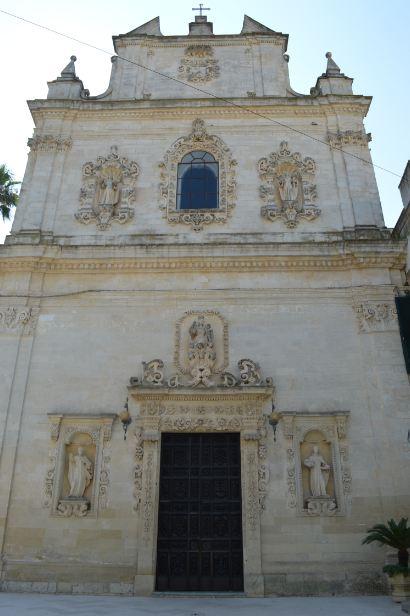
History and Dating
Its history is linked to that of the monastic order of the Carmelites, already present in Galatina since 1618. At the beginning they had officiated in a small chapel under the title of the Madonna del Muro. After a first renovation they had made this place more solemn with the consecration of the high altar to the Madonna del Carmine.
After starting the construction of the convent already around the middle of the seventeenth century, in 1652, following the bull of Pope Innocent X, they were forced to abandon everything and leave the city. But their removal lasted very little.
Soon afterwards, in 1674 they took possession of the new monastery, built around a cloister 'colonnade and arcade', even if the completion works continued for the entire next decade. And already, because of legacies, income and donations, they thought they had to resume the embellishment of the old seventeenth-century church when, in 1719, the building collapsed and the monks found themselves in need of having to "rebuild" from the foundations again. It was quickly brought to completion in 1724, as can be seen in the date engraved on the last order of the façade, together with the crowned coat of arms of the Carmelites.
Still at the end of the eighteenth century (1795), the same monks were still and again engaged in the completion of the Convent.
When the order of the Carmelites was suppressed, in 1809, together with the other religious orders, the rooms of the convent that overlooked what is now Via Siciliani, were destined to welcome the Civil Hospital.
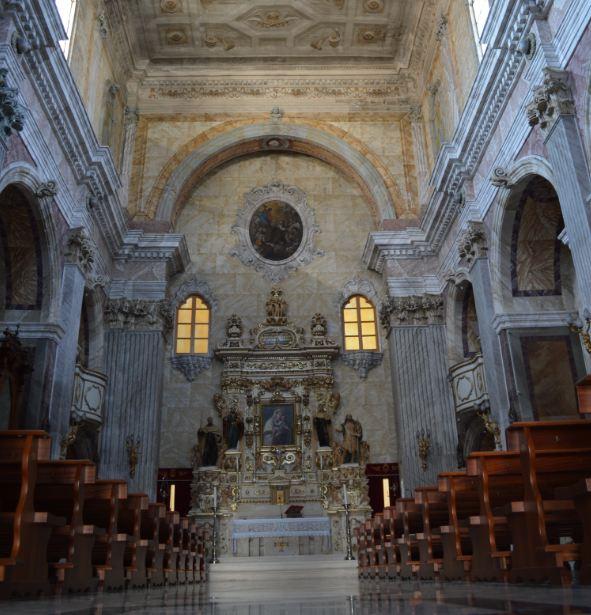
The Front
Overlooking the city walls towards the north-east corner of the historic center, at the intersection of the Mezio, Turati and Siciliani streets. The façade is valuable and full of movement, with the portal in Lecce stone, the ornamentation, the statues and the wooden door (1745), an intaglio work by the Galatian master Donato Costantino.
The compositional rules of the Baroque repertoire in Galatina find an emblematic and expressive example here. For the distribution of architectural forms and for its stylistic coherence the model is characterized by the impetus of the polished pilasters, and is embellished by the embroidery of the stone around the portal, the first order, and the large window in axis with the portal, on the second. The four niches richly decorated with the statues of the prophets Elia and Elisha, in the first order, and with those of St. Teresa of Avila and St. Magdalene of the Pazzi, on the upper one, embellish and enliven the façade. On the portal, on the podium of honor, the figure of the Blessed Virgin of Carmel.
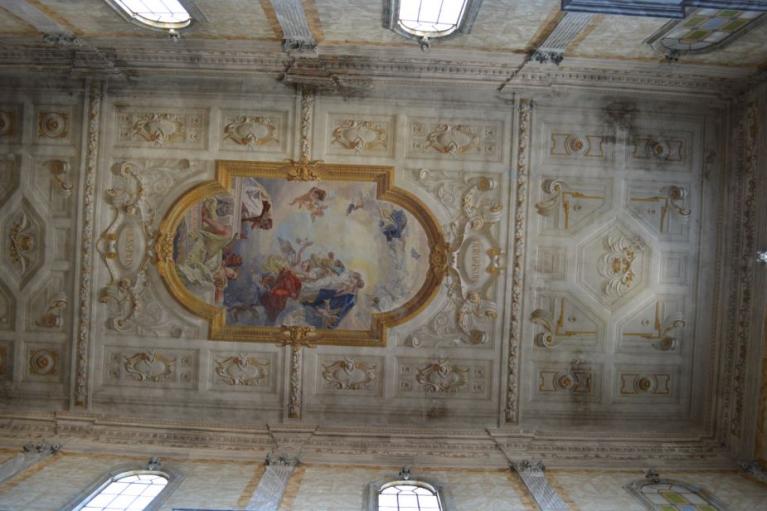
Interior
The interior consists of a single large ship, rectangular, illuminated by three large windows and with two sets of chapels that mark the scanning of the side walls. These include those entitled, such as the respective altars: the Immacolata, Santa Teresa, the Madonna del Rosario, San Giuseppe and Sant'Antonio.
At the center of the gilded stuccos of the ceiling is the splendid fresco "foedus Pacis", autograph, of the gallipolino Agesilao Flora, dated 1915, with the following inscriptions: "FOEDVS PACIS - SALVS IN PERICVLIS" - 'A.FLORA CMXV'.
Particular attention is given to the eighteenth-century altar, placed on the right of the main altar, entitled to the Nativity of the Lord and built around 1736 by Mauro Manieri for the Tanza family. Overlooking this altar is a stage with the organ, eighteenth-century, still working. And, of course, one can not but admire the same High Altar, richly decorated and decorated, with the rectangular altarpiece of the Virgin of Carmine, with the following inscription on its top: ECCE SIGNVM SALVTIS IN QVO QVIS MORIENS AETERNVM NOT PATIETVR INCENDIVM. RESTAVRATVM MCMXV. Still at the center of the apsidal wall, placed at the top, at the top of the major altar, is the large oval painted with The vision of Jesus at St. Teresa of Avila.
Also worthy of note is the characteristic Nativity in Lecce stone from 1650.












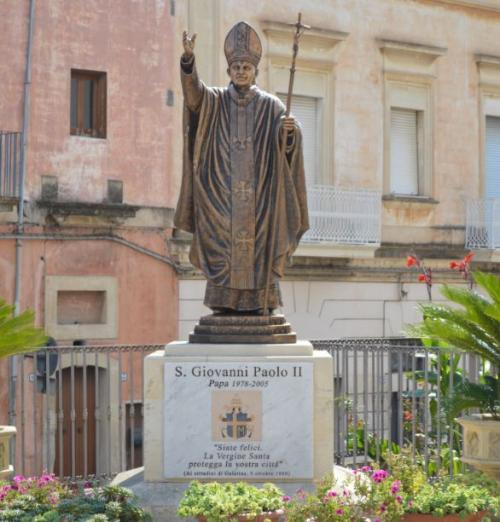
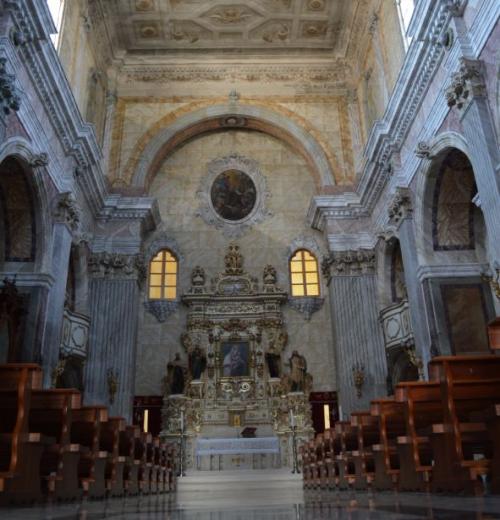
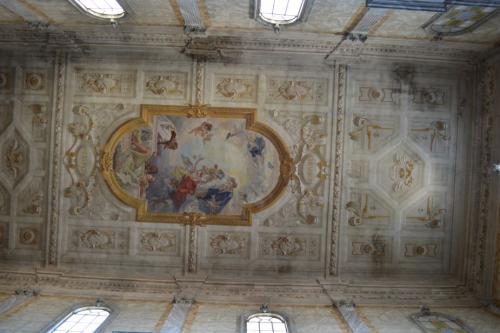
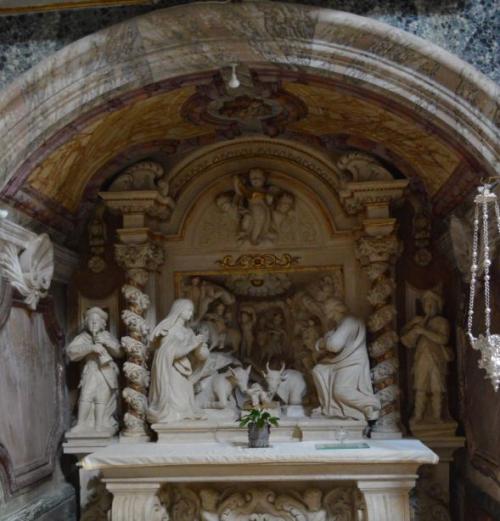
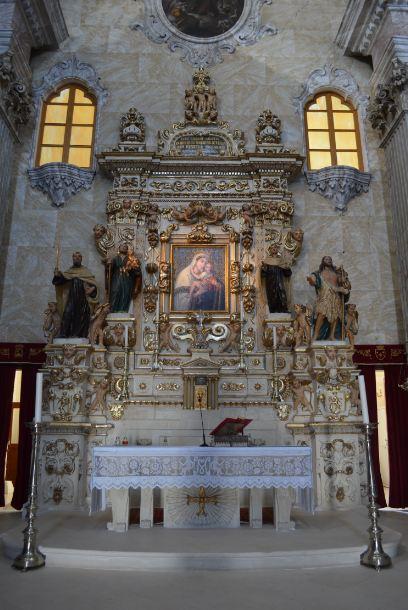
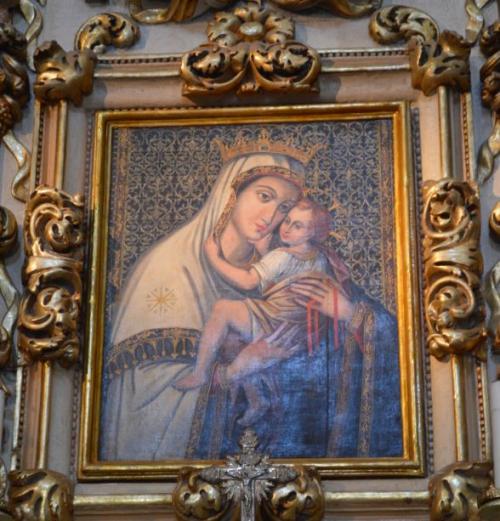
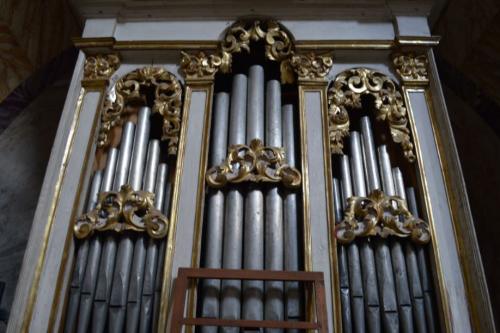
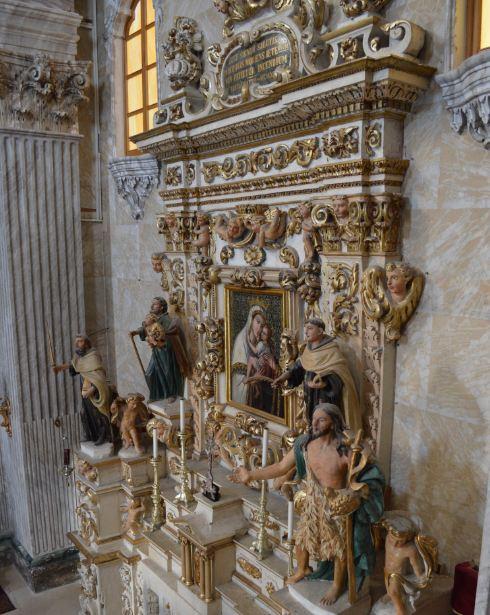
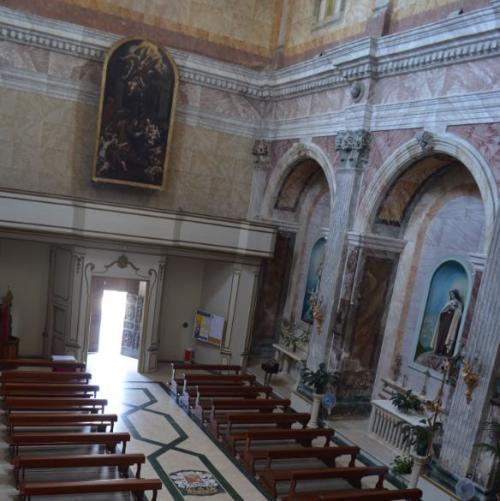



 Join VisitGalatina
Join VisitGalatina